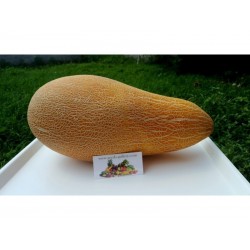
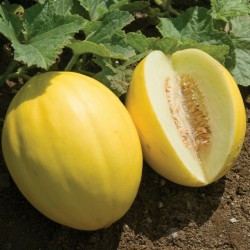
Canary Yellow Melon Seeds
Цена
1,95 €
SKU: V 84
Seeds Gallery Com,
5/
5
<h2><strong>Canary Yellow Melon Seeds</strong></h2>
<h2><span style="color: #ff0000;"><strong>Price for a Package of 20 seeds.</strong></span></h2>
<div>
<div>The Canary melon (C. melo (Indorus group)) or winter melon is a large, bright-yellow melon with a pale green to white inner flesh. This melon has a distinctively sweet flavor that is slightly tangier than a honeydew melon. The flesh looks like that of a pear but is softer and tastes a little like a cantaloupe. When ripe, the rind has a slightly waxy feel. The name comes from its bright yellow color, which resembles that of the canary. This melon is often marketed as the Juan Canary melon or "variety melons" and can be found in various sizes and shapes. This melon is common in parts of Asia, e.g., Japan and South Korea.</div>
<div>The outer skin of the canary melon is softer than that of cantaloupe or honeydew, and preparation of the melon for consumption is best administered with a knife. The elasticity of the skin resists blunt trauma induced from chopping, punching or hammering.</div>
<div>They are best stored at 15°C.</div>
</div>
<div>Melons are a refreshing and delicious addition to your garden. With so many sizes, shapes, and tastes, there is a type of melon that just about everyone loves. Some well-known melon varieties include muskmelon, watermelon, honeydew, and cantaloupe.</div>
<div> </div>
<div><strong>Planting, Growing, and Harvesting:</strong></div>
<div>Plant melons in soil with plenty of calcium to help prevent blossom-end rot from occurring. Melons do best in warm soil with plenty of nutrients. You can direct-sow the seeds in rows, or by planting them in hills with a few seeds in each to improve drainage and soil warmth. Be sure melons get a steady water supply. When planting, keep in mind that melon vines with take up a good amount of space in the garden, with some kinds stretching up to 10 or 20 feet. You can grow some melons vertically if you prefer, using a strong, large trellis.</div>
<div> </div>
<div>Harvest melons by cutting them from the vine once they are ripe. There are some ways to help you figure out if melons are ripe and ready to pick. In general, look for a dull thumping noise when you tap on the melon, a sweet fragrance when smelling the rind, softening, and changes in color.</div>
<div> </div>
<div><strong>Recipes/How to Use:</strong></div>
<div>Melons are wonderful all by themselves. You can also add them to fruit salads, desserts, or blend them into drinks.</div>
<div> </div>
<div><strong>Refreshing Melon Smoothie</strong></div>
<div>1/2 cup yogurt</div>
<div>6 ounces melon (such as cantaloupe or honeydew), cut into cubes</div>
<div>1/2 banana</div>
<div>3-4 strawberries</div>
<div>1/2 cup juice of your choice (such as orange or apple juice)</div>
<p>Add ingredients to a blender and blend completely. For a thicker smoothie, use frozen, cut-up fruit.</p>
<div> </div>
<table border="1" cellspacing="0" cellpadding="0">
<tbody>
<tr>
<td colspan="2" valign="top" width="100%">
<p><span style="color: #008000;"><strong>Sowing Instructions</strong></span></p>
</td>
</tr>
<tr>
<td valign="top" nowrap="nowrap">
<p><span style="color: #008000;"><strong>Propagation:</strong></span></p>
</td>
<td valign="top">
<p><span style="color: #008000;">Seeds</span></p>
</td>
</tr>
<tr>
<td valign="top" nowrap="nowrap">
<p><span style="color: #008000;"><strong>Pretreat:</strong></span></p>
</td>
<td valign="top">
<p><span style="color: #008000;">0</span></p>
</td>
</tr>
<tr>
<td valign="top" nowrap="nowrap">
<p><span style="color: #008000;"><strong>Stratification:</strong></span></p>
</td>
<td valign="top">
<p><span style="color: #008000;">0</span></p>
</td>
</tr>
<tr>
<td valign="top" nowrap="nowrap">
<p><span style="color: #008000;"><strong>Sowing Time:</strong></span></p>
</td>
<td valign="top">
<p><span style="color: #008000;">all year round</span></p>
</td>
</tr>
<tr>
<td valign="top" nowrap="nowrap">
<p><span style="color: #008000;"><strong>Sowing Depth:</strong></span></p>
</td>
<td valign="top">
<p><span style="color: #008000;">0,5-1 cm</span></p>
</td>
</tr>
<tr>
<td valign="top" nowrap="nowrap">
<p><span style="color: #008000;"><strong>Sowing Mix:</strong></span></p>
</td>
<td valign="top">
<p><span style="color: #008000;">Coir or sowing mix + sand or perlite</span></p>
</td>
</tr>
<tr>
<td valign="top" nowrap="nowrap">
<p><span style="color: #008000;"><strong>Germination temperature:</strong></span></p>
</td>
<td valign="top">
<p><span style="color: #008000;">20 ° C</span></p>
</td>
</tr>
<tr>
<td valign="top" nowrap="nowrap">
<p><span style="color: #008000;"><strong>Location:</strong></span></p>
</td>
<td valign="top">
<p><span style="color: #008000;">bright + keep constantly moist not wet</span></p>
</td>
</tr>
<tr>
<td valign="top" nowrap="nowrap">
<p><span style="color: #008000;"><strong>Germination Time:</strong></span></p>
</td>
<td valign="top">
<p><span style="color: #008000;">1-6 weeks</span></p>
</td>
</tr>
<tr>
<td valign="top" nowrap="nowrap">
<p><span style="color: #008000;"><strong>Watering:</strong></span></p>
</td>
<td valign="top">
<p><span style="color: #008000;">Water regularly during the growing season</span></p>
</td>
</tr>
<tr>
<td valign="top" nowrap="nowrap">
<p><span style="color: #008000;"><strong> </strong></span></p>
</td>
<td valign="top">
<p><br /><span style="color: #008000;"><em>Copyright © 2012 Seeds Gallery - Saatgut Galerie - Galerija semena. </em><em>All Rights Reserved.</em></span></p>
</td>
</tr>
</tbody>
</table>
V 84 (20 S)





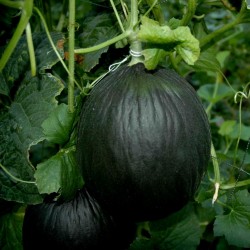
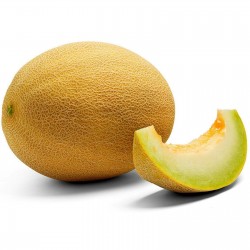

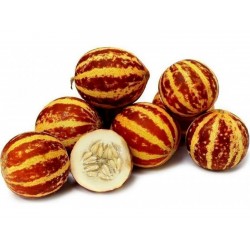

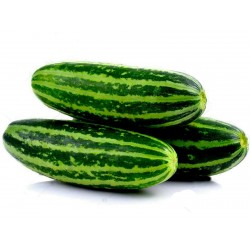

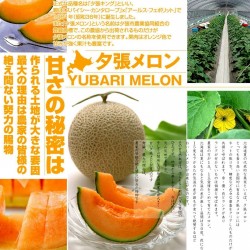
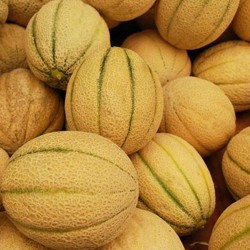

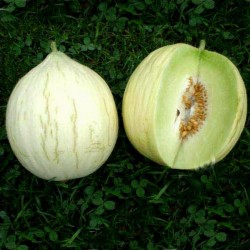
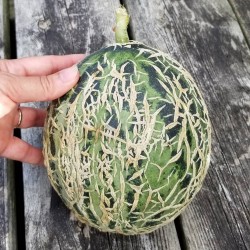
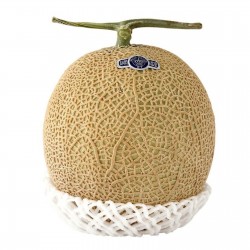
.png)

